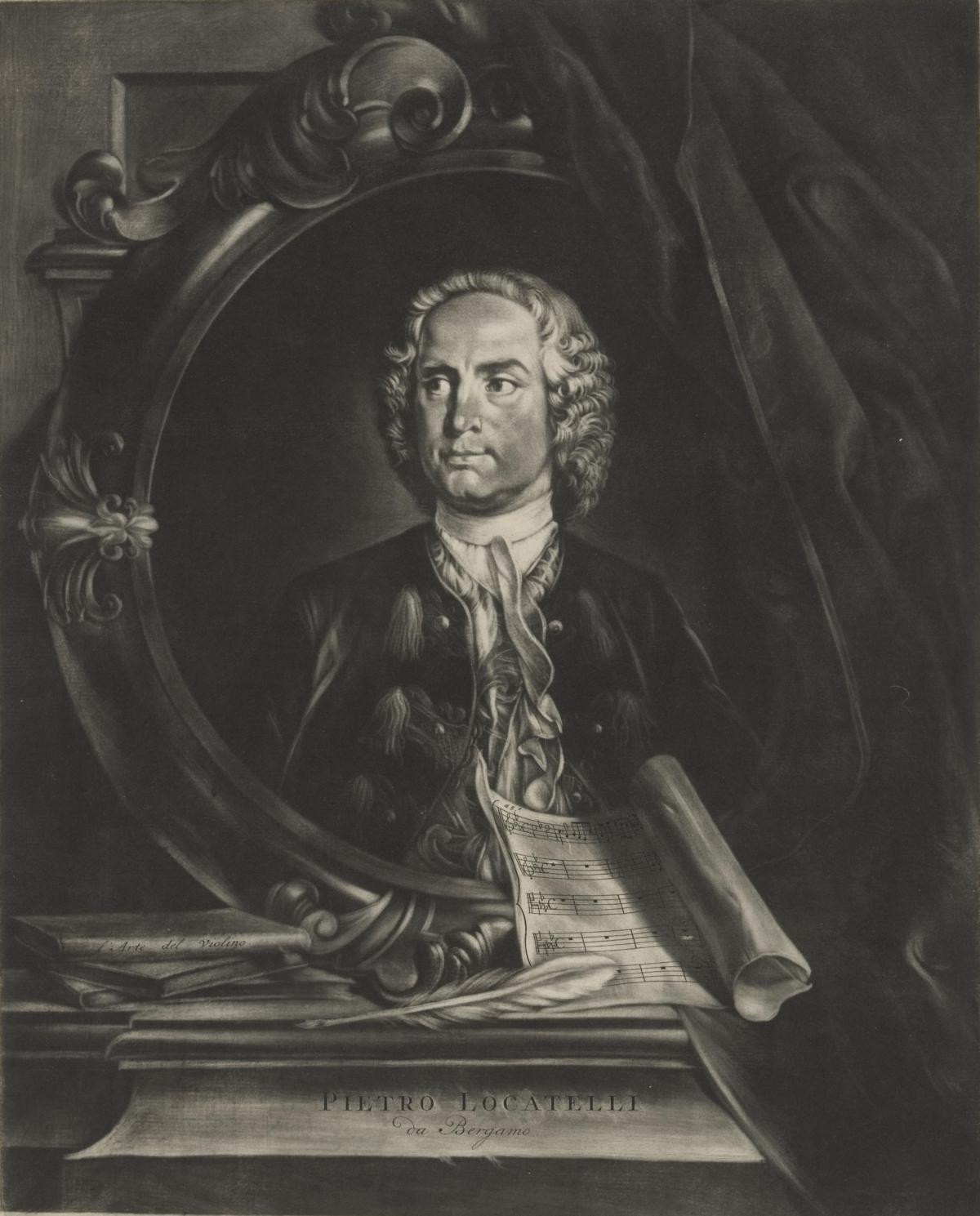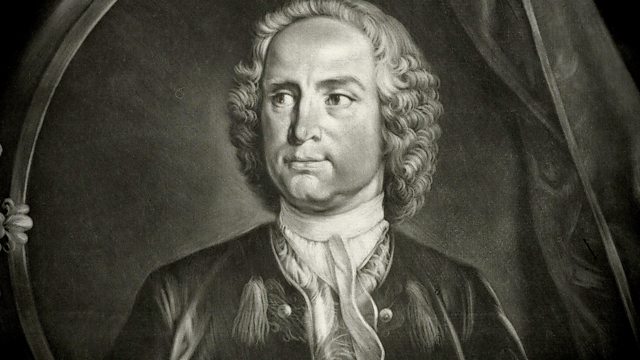Pietro Locatelli – A Complete Biography
Introduction
Pietro Antonio Locatelli (b. September 3, 1695, Bergamo – d. March 30, 1764, Amsterdam) was a celebrated Italian Baroque composer and violin virtuoso, who profoundly influenced violin technique and composition. He earned a place among the foremost violin innovators of his era.

Childhood
Little is recorded about Locatelli’s early years. However, by the age of 14, he had joined the orchestra of the Vatican-linked Santa Maria Maggiore in Bergamo as the third violinist and was already recognized as a virtuoso.
His initial violin instruction likely came from Ludovico Ferronati and Carlo Antonio Marino; composition may have been taught by Francesco Ballarotti.
Youth
In autumn 1711, at age 16, Locatelli moved to Rome seeking greater recognition and artistic growth.
In Rome, he probably studied under Antonio Montanari or Giuseppe Valentini, and perhaps briefly with Arcangelo Corelli, who died soon after.
He performed in various settings, including for the household of Prince Michelangelo Caetani and in churches such as San Lorenzo in Damaso.
In 1721, he published his first notable work, Twelve Concerti Grossi, Op. 1, in Amsterdam.
Adulthood
From 1723 to 1728, Locatelli traveled through Italy and Germany, performing in Mantua, Venice, Munich, Berlin, Frankfurt, and Kassel, where he earned acclaim—and generous pay—for his dazzling virtuosity.
Around 1729, he settled in Amsterdam. There he ceased public performing, instead staging private concerts for affluent amateurs and becoming deeply involved in music publishing and teaching.
In Amsterdam, he also started a business selling violin strings and arranged publishing privileges that protected his works, securing him substantial income—perhaps the highest among local musicians.
Major Compositions
Locatelli’s compositional output spans several opus numbers and forms:
- Op. 1: Twelve Concerti Grossi (1721)
- Op. 2: Twelve flute sonatas (1732)
- Op. 3: L’Arte del Violino (1733)—12 violin concerti with 24 capricci (virtuosic cadenzas), including the notorious “Labyrinth” with the inscription “easy to enter, difficult to escape.”
- Additional collections: Op. 4–Op. 9, covering theatrical introductions, trio sonatas, violin solo sonatas, and more.
His works for solo violin—especially Op. 3—were groundbreaking in technique, exploiting high registers, double stops, harmonics, rapid shifts, trills and other effects that prefigured later virtuosi like Paganini.
Death
Locatelli died on March 30, 1764, in Amsterdam, and was buried in the English Reformed Church on the Begijnhof.
Shortly after his death, his library, instruments, manuscripts, and art collection were auctioned, shedding light on his broad intellectual interests beyond music.
Conclusion
Pietro Locatelli stands as a towering figure of the Baroque period—a distinguished violinist and composer whose technical innovations and refined works expanded the expressive capacity of the violin. From his precocious beginnings in Bergamo through his sophisticated Roman training and continental travels to his entrepreneurial and publishing successes in Amsterdam, he elevated instrumental virtuosity and shaped violin performance for centuries thereafter.

Comments are closed